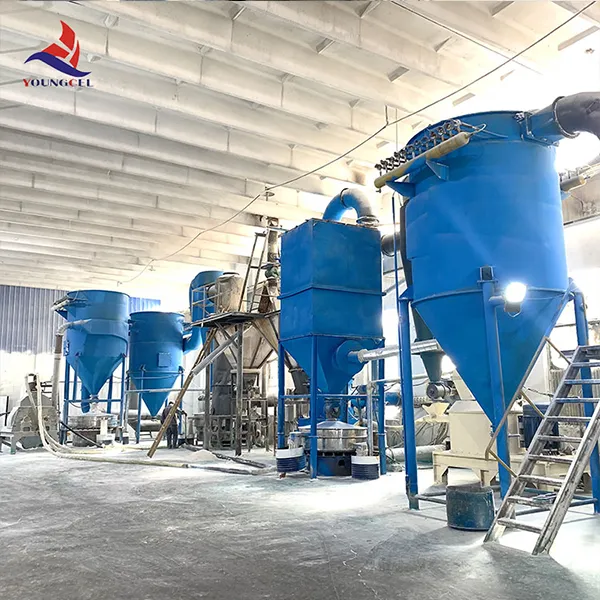The Importance of Cellulose Adhesives in Modern Applications
Cellulose adhesives have garnered significant attention in both industrial and consumer applications due to their eco-friendly characteristics and versatile functionality. These adhesives, derived from natural cellulose, are considered more sustainable alternatives to synthetic adhesives, offering unique advantages while promoting environmental responsibility.
Cellulose is a naturally occurring polymer found in the cell walls of plants. It serves as the key component in manufacturing cellulose-based adhesives. The process of converting cellulose into adhesive involves modifying its molecular structure to create a substance that can bond effectively with various materials. This versatility allows cellulose adhesives to be utilized across a wide range of industries, including woodworking, packaging, textiles, and even construction.
The Importance of Cellulose Adhesives in Modern Applications
In woodworking, cellulose adhesives are often used for bonding veneer, laminates, and wood composites. Their strong adhesive properties and ability to minimize shrinkage make them ideal for creating resilient furniture and cabinetry. Moreover, cellulose adhesives can provide a clear bond line that does not alter the aesthetic of natural wood surfaces, which is especially important for manufacturers focused on preserving the visual appeal of their products.
cellulose adhesive

In the packaging industry, cellulose adhesives are gaining popularity due to their effectiveness in creating strong seals for various packaging materials, including paper, cardboard, and biodegradable films. As consumers increasingly demand eco-friendly packaging solutions, cellulose adhesives provide companies with the opportunity to align their product offerings with sustainable practices. These adhesives not only enhance the structural integrity of packaging but also cater to the growing trend toward recyclable and compostable materials.
In the textile sector, cellulose adhesives serve as effective bonding agents in producing non-woven fabrics and reinforced textiles. Their excellent adhesion qualities allow for the assembly of layered materials, enhancing the durability of textiles without compromising their flexibility. Additionally, cellulose adhesives are often water-soluble, making them easier to clean up during the production process.
Despite their many advantages, cellulose adhesives do have certain limitations. They can be sensitive to moisture and may have a slower curing time compared to some synthetic alternatives. However, ongoing research and development efforts aim to overcome these challenges by enhancing the performance qualities of cellulose-based adhesives. Innovations in formulation and application methods are continually improving their efficacy, making them a more competitive option in various industries.
In conclusion, cellulose adhesives represent a promising solution for manufacturers aiming to adhere to sustainable practices without compromising performance. As a renewable, biodegradable option, they cater to the increasing consumer demand for environmentally responsible products. With their versatile applications in woodworking, packaging, and textiles, cellulose adhesives are poised to play an essential role in the ongoing shift towards greener alternatives in manufacturing and production processes. As technology continues to advance, the future of cellulose adhesives looks bright, paving the way for an environmentally sustainable industrial landscape.




